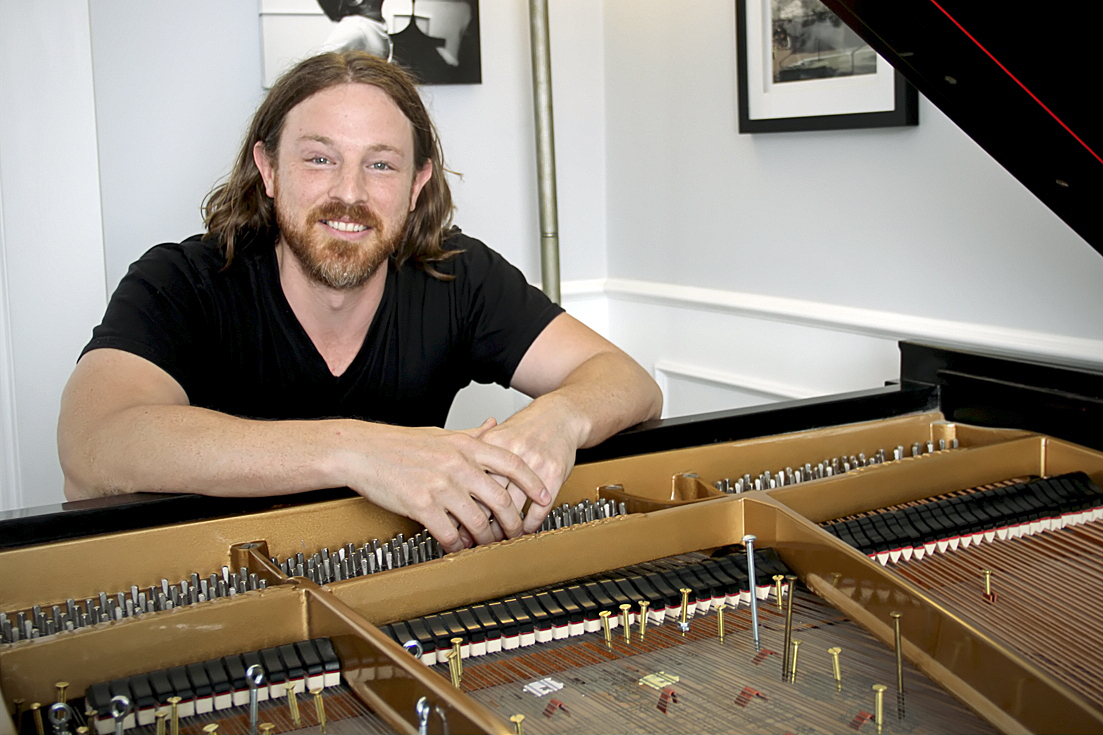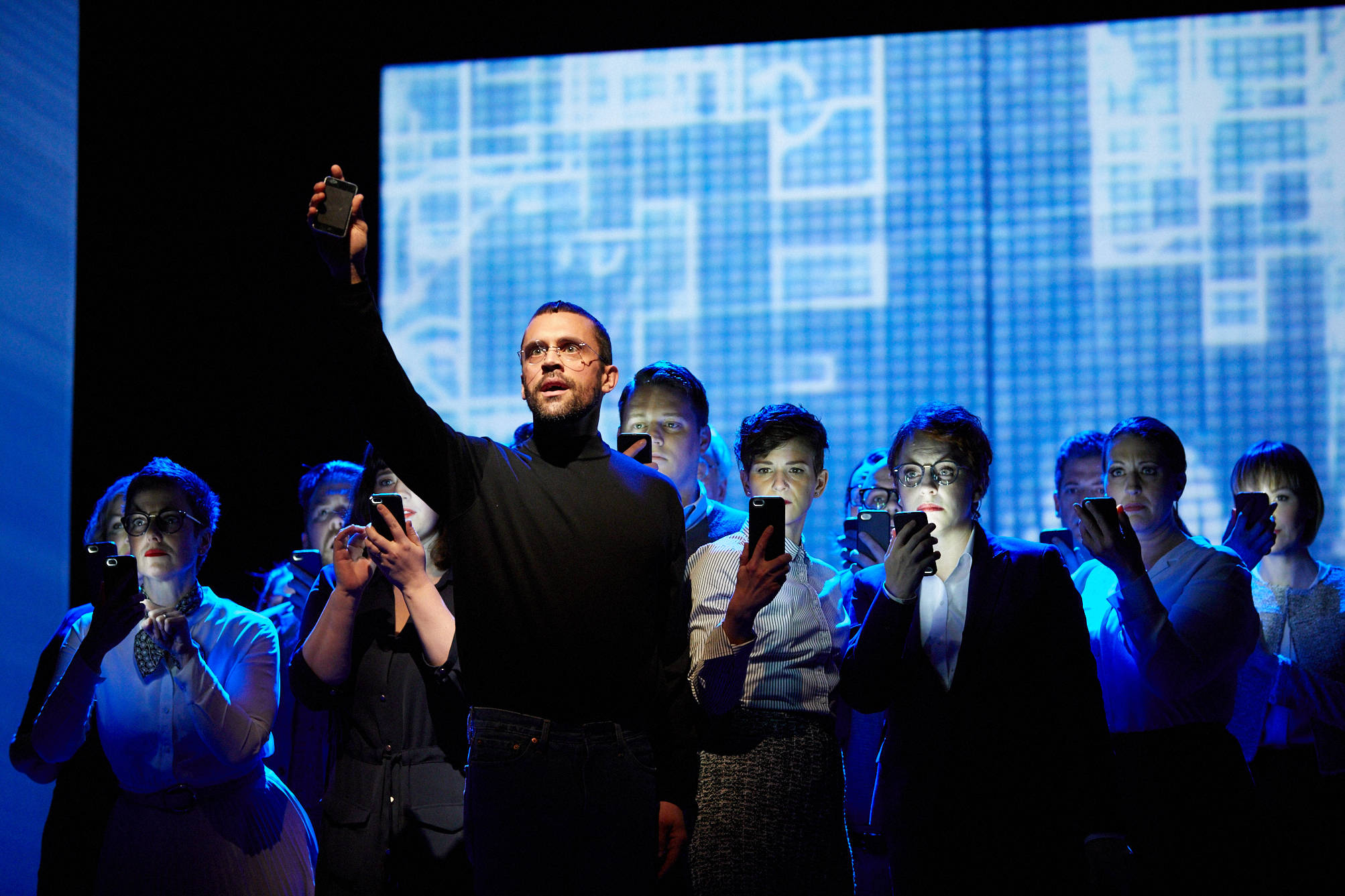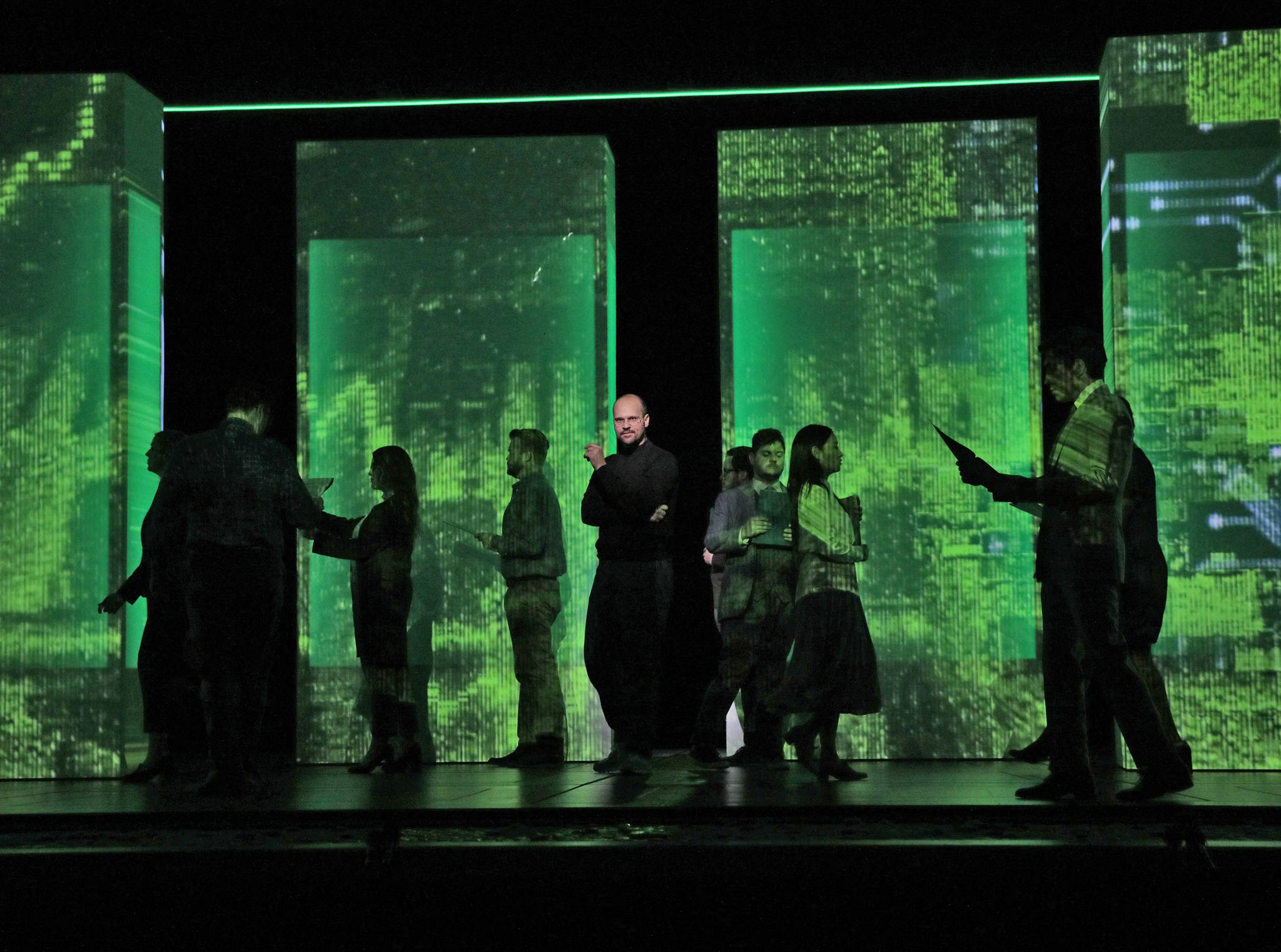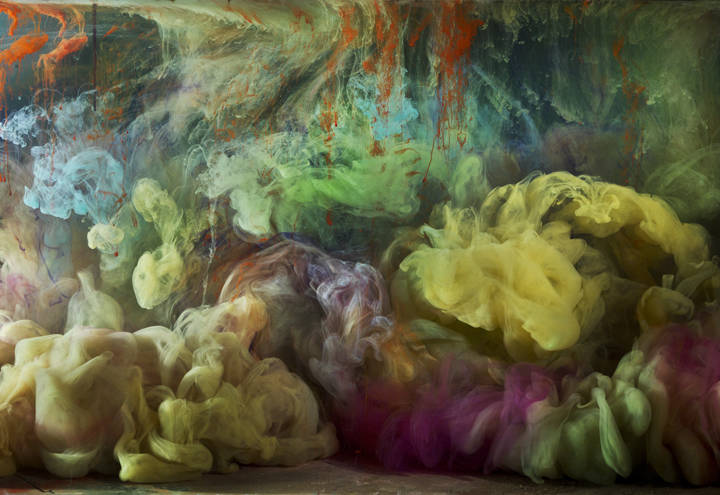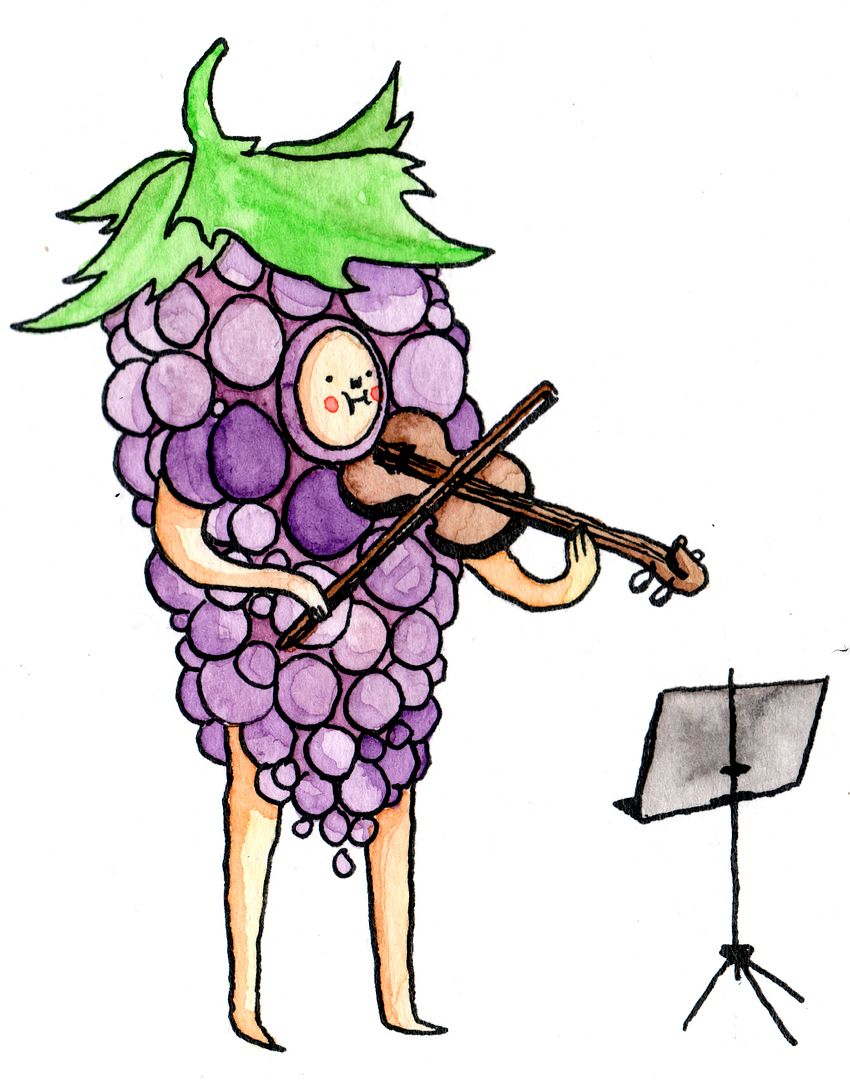 “The idea of this composition is nothing more than an invitation to any number of musicians willing to perform simultaneously anything or in any way they desire. The manuscript is a list of musicians for the first performance, including a diagram for their positions in the performance space; it also indicates various works by [John] Cage and Erik Satie that were performed, as well as a few non-musical works.”
“The idea of this composition is nothing more than an invitation to any number of musicians willing to perform simultaneously anything or in any way they desire. The manuscript is a list of musicians for the first performance, including a diagram for their positions in the performance space; it also indicates various works by [John] Cage and Erik Satie that were performed, as well as a few non-musical works.”
This description of John Cage’s 1967 piece Musicircus comes straight from the worklist at johncage.org. In one sense, literally any performance of anything is a performance of this work, but fans of the composer generally accept his invitation to mount multimedia spectacles—as multimedia as possible—by letting loose a number of artists in a given venue during a given period and seeing what happens.
This is just what percussionist/impresario Melanie Voytovich has planned for Town Hall for November 19, with performers—60 or so of them—scattered throughout the building and listeners invited to wander and take in the beauties of happenstance. Musicians, electronic and acoustic, will land next to speakers reciting from Cage’s writings; dancers will perform alongside visual artists turning sketching into performance. Attendees can expect to be enveloped in epic chaos one moment and startled by felicitous synchronicities the next, all the more affecting for their unforeseeability.
Voytovich, now a percussion student at UW, brought the Musicircus idea from Connecticut’s Hartt School (her teacher, Ben Toth, had worked with Cage personally as a member of Cincinnati’s The Percussion Group) . Her dissertation topic here is contemporary percussion and dance, which naturally led her to pursue Cage’s music and ideas further, as well as the concept of interdisciplinary performance. But her goal with Musicircus is not only to explore Cage, but to present a public offering as accessible as it is avant-garde, defying conventional wisdom that says the two must be mutually exclusive.
“I’m really interested in the idea of arts and culture events that are financially accessible and have a more relaxed environment than your typical concert-hall experience,” she says. “Giving audience members a chance to freely walk around and explore and stay for as long or little as they like isn’t something you get at most performances. It’s my hope that creating more opportunities like this will encourage people to come try something new—cheap and relaxed, but still maintaining a high bar for new-music aficionados.”
Seattle has long claimed Cage as a native son due to the two years, 1938–40, he spent on the staff at Cornish College—a brief but crucial time for him, and for 20th-century music, that saw experiments in electronic music, percussion-ensemble music, and works for an instrument he himself invented. It’s a cherished origin story: Asked to compose something for a recital by dancer Syvilla Fort, but having room only for one instrument in Cornish’s cozy theater, Cage thought to expand a piano’s timbral palette (thinking of it as an “exploded keyboard”) by attaching objects to and between its strings to change their sound. Among dozens of works for what came to be dubbed prepared piano, the most significant is his extraordinary Sonatas and Interludes, an hour-long suite of 20 delicately peculiar miniatures written in the mid-’40s.
Pianist Jesse Myers, who’ll play the full set as part of Musicircus (from 7 to 8 p.m.; come earlier to watch him set up the piano), likens the preparation process to the way he himself was changed by Cage’s work: It’s “always accompanied by new challenges—different piano designs and differing stages of piano regulation,” he says. “At the time when I first learned about Cage I was no longer the same musician. His ideas change people. His ideas changed art.”
Maggie Molloy, host of KING-FM’s contemporary-music show Second Inversion, will also present two brief piano works, In a Landscape and Dream (both ravishing and Ravellian, they’re an ideal jumping-off point for people who don’t think they’ll like Cage). She shares her own thoughts on Cage in a zine titled Diary: How to Read John Cage (available at the event), a response to Cage’s own gnomic, aphoristic Diary: How to Improve the World (You Will Only Make Matters Worse). In her Part III, she quotes Cage, in a passage that directly ties into the philosophy behind Musicircus, embracing listeners and performers alike: “Art instead of being an object made by one person is a process set in motion by a group of people,” he says. “Art’s socialized. It isn’t someone saying something, but people doing things, giving everyone (including those involved) the opportunity to have experiences they would not otherwise have had.”
This erasure of a familiar boundary lies at the heart of Cage’s work and of this event:
“Cage’s works are an affirmation of life—a celebration of the unpredictable and ever-changing world of everyday living,” Molloy says. “The Musicircus is a chance for the community to come together … and experience one of the most common and powerful unifiers of our humanity.” Town Hall, 1119 8th Ave., 652-4255. Details TBA. Nov. 19
gborchert@seattleweekly.com
